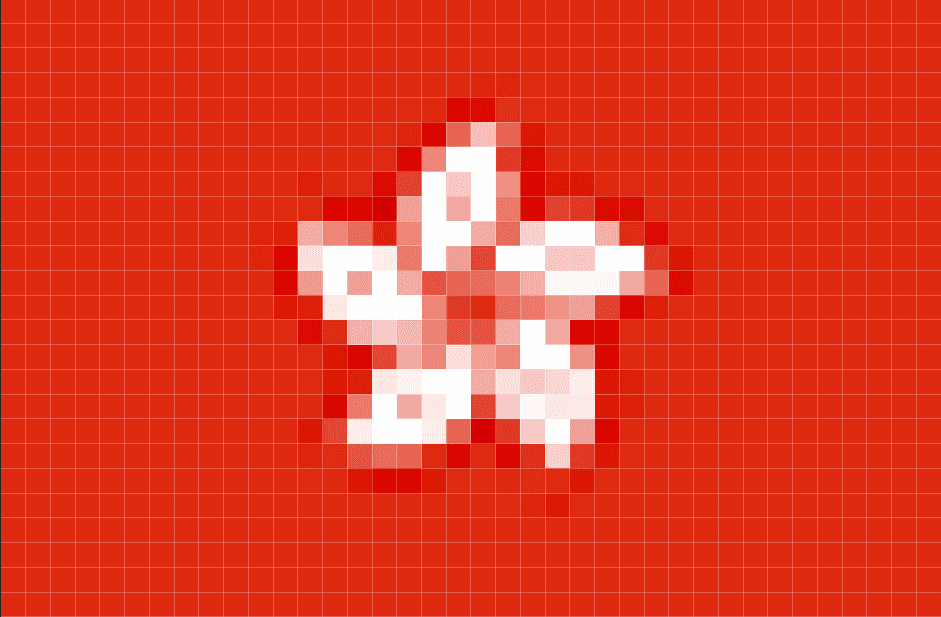your cart
Your cart is empty.
Sharing meals and having guests with you to enjoy food is a big part of Chinese culture and tradition. It is one of the most popular ways to socialise and celebrate various events. Etiquette is an important component that tradition and guests are expected to follow. Manners and how families and individuals conduct themselves during a meal are used as an indicator and symbol of status, if a person has good manners, they are also considered to have received a good education or are in a respectable job.
Seating arrangement
The seating arrangements are based upon the host, seniority and age. The seat of honour is usually taken by the eldest member of the group. The host takes the seat closest to the kitchen or the exit. Guests are not allowed to sit at the table unless the guest of honour is seated or has indicated that the other guests can.
Table placement
In traditional Chinese dining, round tables are preferred, this is so all guests can face each other and be involved in the group. A lazy Susan is often used on round tables, which helps move dishes around the group with ease. Rectangle and other shaped tables do get used, although they are not preferred for formal dining.
Chopsticks
The etiquette required while using chopsticks is expected as standard. You must not leave your chopsticks in the bowl after finishing your food; instead you should always use the chopstick holders. Chopsticks should never be placed into food vertically, nor should you bang then upon anything like you are using a drum. You shouldn’t point with chopsticks, they represent an extension of your fingers, as it is rude to point with your fingers, you should not point with your chopsticks. Spearing food with chopsticks is not acceptable; instead you must tear food with the chopsticks, which takes much practice and skill.
Toasts
Toasts are a significant part of a Chinese meal as they indicate the progression through courses. There are several throughout the meal; the first is to open the dinner and welcome guests. After the second and third course, there is another. With the final toast happening after all the courses have been eaten. The first toast must be initiated by the host, but after that, guests are free to propose toasts throughout the evening. Toasts do not have to include all members of the party; it can just be a couple of the guests that take part. During a toast, you must use two hands on your cup, make eye contact with the host and other guests, and then take a sip. Within Chinese culture, the clinking of glasses does not happen, instead, raising the hand to eye level is acceptable.
The order of eating
You should never begin to eat or serve yourself food from the table until the host or the guest of honour has indicated that you can. You should offer to serve the other people dining before yourself, and when you do begin to serve yourself, you must take a sample of every dish, even if it isn’t something that is appetising to you. Don’t be the last person to take the final piece of anything as it indicates greed; the host should offer the last piece to the guests before the dishes are taken away and then you can accept it. You must not finish all the food you have served yourself, leave a small amount. By eating all the food, you are signifying that the host did not provide enough food to satisfy you. Similarly, if you do not want any more of something, leave a small amount in your bowl, this also works with drinks.
Handy tip:
Both hands should always be above the table, and they should be resting to the left or right of the bowls, even if it is not doing anything, it is bad manners to have your hands on your lap.
The Chinese take pride in their traditions and table etiquette, so whether you are dining with people who follow these rules, or you and your friends would like to have a go at practising them next time you cook a Chinese feast, full of delicious oriental spice, then our handy guide should help you.
this site uses cookies
We and our advertising partners use cookies on this site and around the web to improve your website experience and provide you with personalised advertising from this site and other advertisers. By clicking allow, you accept the placement and use of these cookies for these purposes. Learn More



